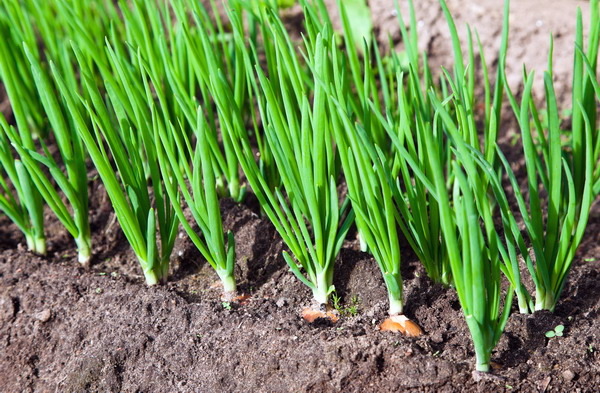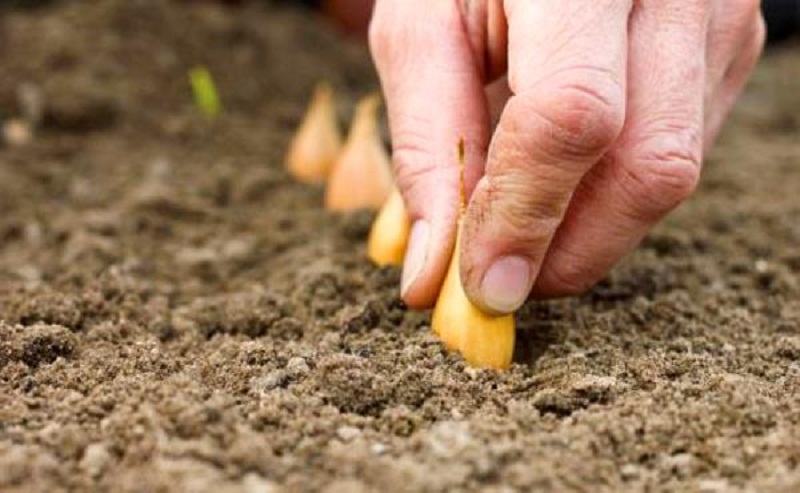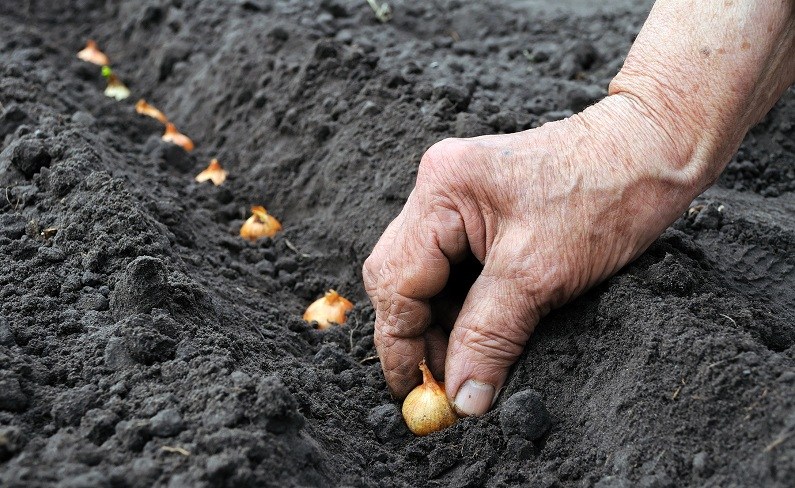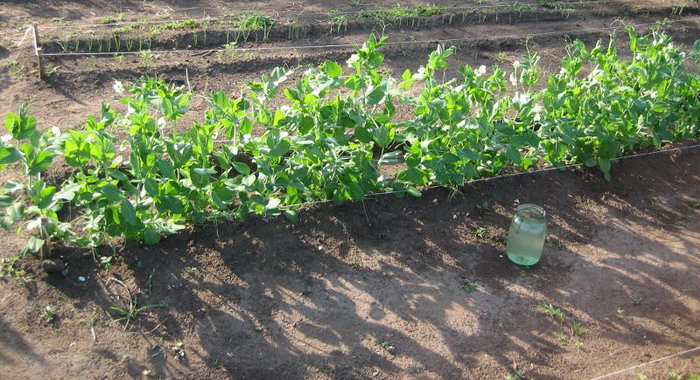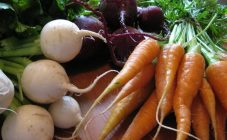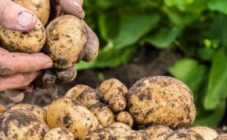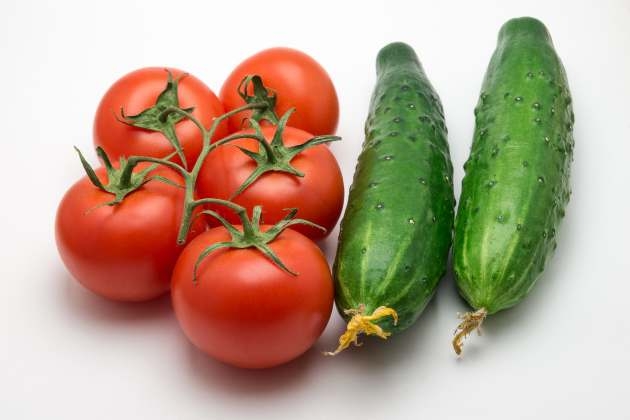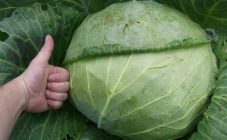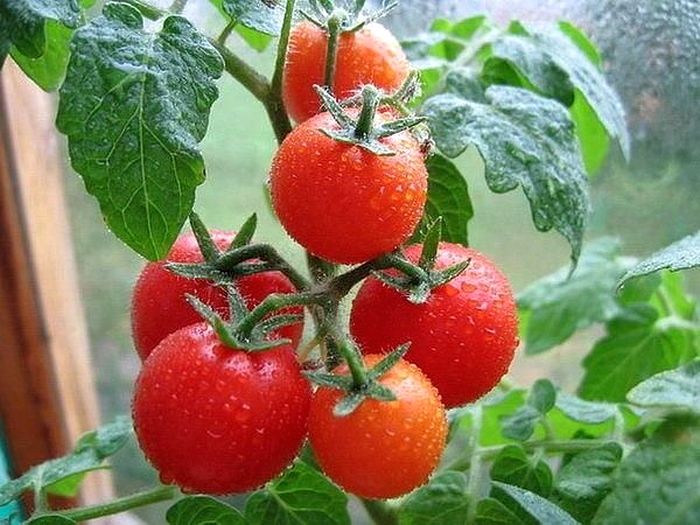Content:
Every gardener who is engaged in planting vegetables in his garden should learn the rules of crop rotation. This has a beneficial effect on the growth and development of plants, increasing productivity indicators. It is important to know exactly where to plant onions, garlic, tomatoes, cucumbers, pumpkins, beets and other common vegetables. Onions are a fairly universal culture, after which you can plant almost everything, but after which plants it is better to plant the onion itself, it is worth studying in more detail.
Onion agrotechnology
The onion has been known for a long time and grows in the beds of all summer residents. A rare vegetable garden does without it. This plant is planted both on turnips and on feathers. At the moment, a huge number of varieties have been bred, differing in size, color, composition, methods of eating and agricultural technology. Hybrid forms are extremely resistant to pests and diseases, but at the same time they are very productive and unpretentious in care.
The peculiarity of onions of any kind is that they are picky about the presence of minerals in the soil. The exception is calcium and phosphorus - the culture is less susceptible to their low content. In the process of onion growth, the soil is fertilized with nitrogen fertilization. After which vegetable crops you can plant various varieties of onions, it is worth considering when planning plantings.
If onions are planted in the spring, the soil is prepared in the fall. The beds are dug up and organic matter, for example, humus, is introduced. Then they wait until winter passes, and the site is cleaned. The second thing to do is feeding with minerals. You can also dig up the soil if necessary. Fertilized usually with a mixture of potassium chloride, urea and superphosphate. The soil is disinfected when exposed to copper sulfate. The solution is prepared as follows: a tablespoon of the product is dissolved in a full bucket of water. Watering with this mixture is done a week before the planned planting.
For sowing, seeds are used or a small bulbous plant that has grown from a seed since last year. In any case, the planting material must be disinfected in a solution of potassium permanganate. You can also treat with growth stimulants so that each head gives the maximum result. It is important to think over in advance, after which you can plant onion sets in the spring. Sowing is mainly done in open ground.
Spring planting is carried out in the first days of May, provided that the soil is already well warmed up. The secret is that if you plant small bulbs up to 1 cm in size as early as possible, sometimes even at the very end of April, they will not give an arrow. A little later, sows from the main batch are sown, the size of such bulbs is on average 1.5 cm, but not more than 2 cm. If you plant a set of this size earlier, arrows will form, and the yield will decrease.
Fall planting has a number of advantages:
- there is no need to store the sets until spring;
- in early spring, the onion is ahead of the weed in development;
- winter onions will harvest two weeks earlier than those planted in spring, this is a profitable factor when grown for sale.
The onion can withstand quite severe cold weather, and its seeds sprout even at 6 ° C. It should be borne in mind that the colder it is outside, the later the onions will begin to sprout. If you wait until it warms up to 18 ° C, then in a week the plants will begin to germinate.
The most popular varieties are:
- Onion. Distributed in many regions with different climates. Unpretentious in care, for which we are so loved by gardeners;
- Chives bow. It is widely used in cooking and is widespread in the North Caucasus. It tolerates frost perfectly. It begins to give feathers early and requires regular removal of leaves for further growth of greenery;
- Multi-tiered. The leaves form several rows, for which they received the name. It has the most pronounced bactericidal qualities. It is not frost-resistant, but it can endure a slight cold snap;
- Slime onion. It is named so because of the large amount of mucus that protrudes when the feather is cut. The taste is not tart, but more delicate, and the smell is more like garlic. Recommended for anemia;
- Leek. The intensity of the taste is similar to a slime onion. Contains a lot of useful substances;
- Shallot. Has a sweet and sour taste, contains ascorbic acid and phytoncides;
- Mongolian. A culture with beautiful flowers, but at the same time has healing properties. You can often see how it is grown on a windowsill.
The influence of crops on the soil
Landing optimization will be especially useful for small areas. If the same crops are grown for a long time in one place, then the soil is depleted, because they take the same nutrients from year to year. Also, the remains of plants with diseases and pests accumulate on them. The beneficial effect of some crops on others has long been proven when alternating planting or growing nearby. But there is also a harmful influence of plants on each other.
When growing vegetables in the garden, various fertilizers are used. They can be organic or mineral, depending on the needs of the particular crop. Due to this, after ripening and harvesting the soil, the soil loses some nutrients and is oversaturated with others. Accordingly, when growing the same vegetables in the same garden, this situation is aggravated. If you alternate planting crops, observing the rules of crop rotation, you can avoid this problem. In addition, the composition of the soil will become more diverse, will not require replacement for a long time, and it will be easy to grow healthy plants.
The alternation of planting vegetables warns against the development of diseases and pest attacks. Long-term cultivation of the same crop without changing the place leads to the accumulation of pathogens of common diseases and larvae of harmful insects in the soil. With the help of some plants, you can disinfect the soil by planting them in the garden. This is achieved due to the bacteriological properties of certain types of crops. These vegetables include, for example, onions. It cleans the soil from bacteria and fungi that adversely affect other plants, and whatever vegetable is grown after it, the result will be good. But it also cannot be cultivated for several years in a row in one place, one must understand, after which to plant onions, for its high yield.
The basic rules for crop rotation are as follows:
- not to cultivate crops in one place that are prone to the same type of disease or attack by the same insects;
- it is not worth planting early-maturing crops after late-ripening crops next year, because the soil does not have time to quickly recover;
- do not plant plants after each other that consume the same elements from the soil;
- it must be borne in mind that, in addition to the consumption of substances from the soil, the root system of vegetable crops also releases various chemicals there that can negatively affect other plants;
- when collecting an early harvest in the vacant place, it is recommended to plant green manures in the same year to improve the quality of the soil - plants that act as fertilizer when embedded in the soil after the growing season.
The predecessors of the onion, as well as itself, should be planted in a sunny place, it is necessary to open access to light and air to the garden. Although onions are considered undemanding to care for, they should not be planted in soils with high acidity and lack of potassium and phosphorus.
It is better to plant the same fast-growing and early maturing crops in front of it. These vegetables are the best at retaining the nutrients required by the onion. The most successful of them:
- Carrot. Its smell will scare off the onion fly, thereby helping to preserve the harvest. It is recommended to make beds with these crops nearby;
- Tomatoes. They will grow well also after onions;
- Potatoes. They are often planted together, this helps to scare off various harmful insects;
- Peas. Practically does not draw nutrients from the soil. Quite admitted as a forerunner of the bow;
- Cabbage. Although this vegetable impoverishes the soil after itself, this will not affect the yield of onions.
What affects the growth and yield of onions
If the onion is grown on a feather, then radishes, spinach or dill can be planted in front of it, and after harvesting in the same year, another crop can be planted again. After green onions, legumes give a good harvest, and if onions, then cucumbers or carrots. If in doubt, after which it is worth planting onions on a turnip, then potatoes would be the best option. The onion itself is recommended to be moved to areas where frequent feeding was made, and there was a supply of substances useful for growth and development. As already mentioned, almost anything can be planted after the onion, because it disinfects the soil.
It is also customary to plant onions after green manure. These are crops such as phacelia or mustard. Siderata - rye and barley are not suitable as precursors for onions. You can plant coriander and calendula nearby. Although it is good to plant onions after legumes, its proximity to them in the same season will negatively affect the development of the turnip.
Is it possible to plant onions after beets, cucumbers, zucchini? To answer this question, it is necessary to consider the impact that these crops have on the soil:
- Beet. Also loves well-lit areas and is sensitive to soil acidity, like onions;
- Zucchini or pumpkin. These crops do not deplete the soil much in nutrients, even if a large squash crop has been obtained. In addition, the onion will also disinfect after them;
- Cucumber. Allowed as a predecessor. This culture is demanding on the composition of the soil and significantly depletes it during the growing season. After them less demanding crops are planted.
Therefore, it is quite possible to plant onions after these vegetables, the harvest will be quite good.
After which crops can not be planted onions
It is not recommended to plant onions after the garlic and sunflower and after the onion itself. Corn will also be an unfavorable predecessor. Crops that deplete the soil should not be planted if onions are planned to be planted in this garden next year.
There are disputes around garlic among gardeners: some plant it next to onions to scare away weevils and onion flies, while others do not risk doing this, because crops require similar nutrition. With such a planting, competition between vegetables may arise, soil depletion, feathers will begin to turn yellow, and the bulb will grow small.
Carrots are also an ambiguous predecessor - some sources do not recommend using it, but as a planting neighbor, it is perfect.
